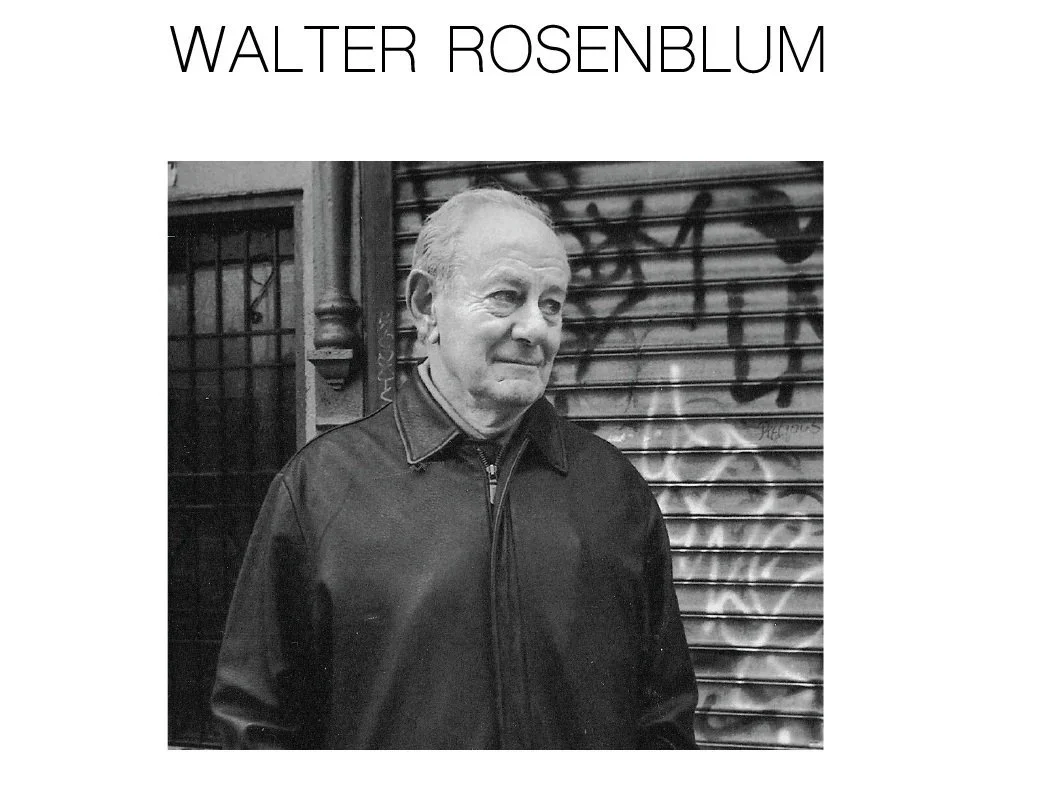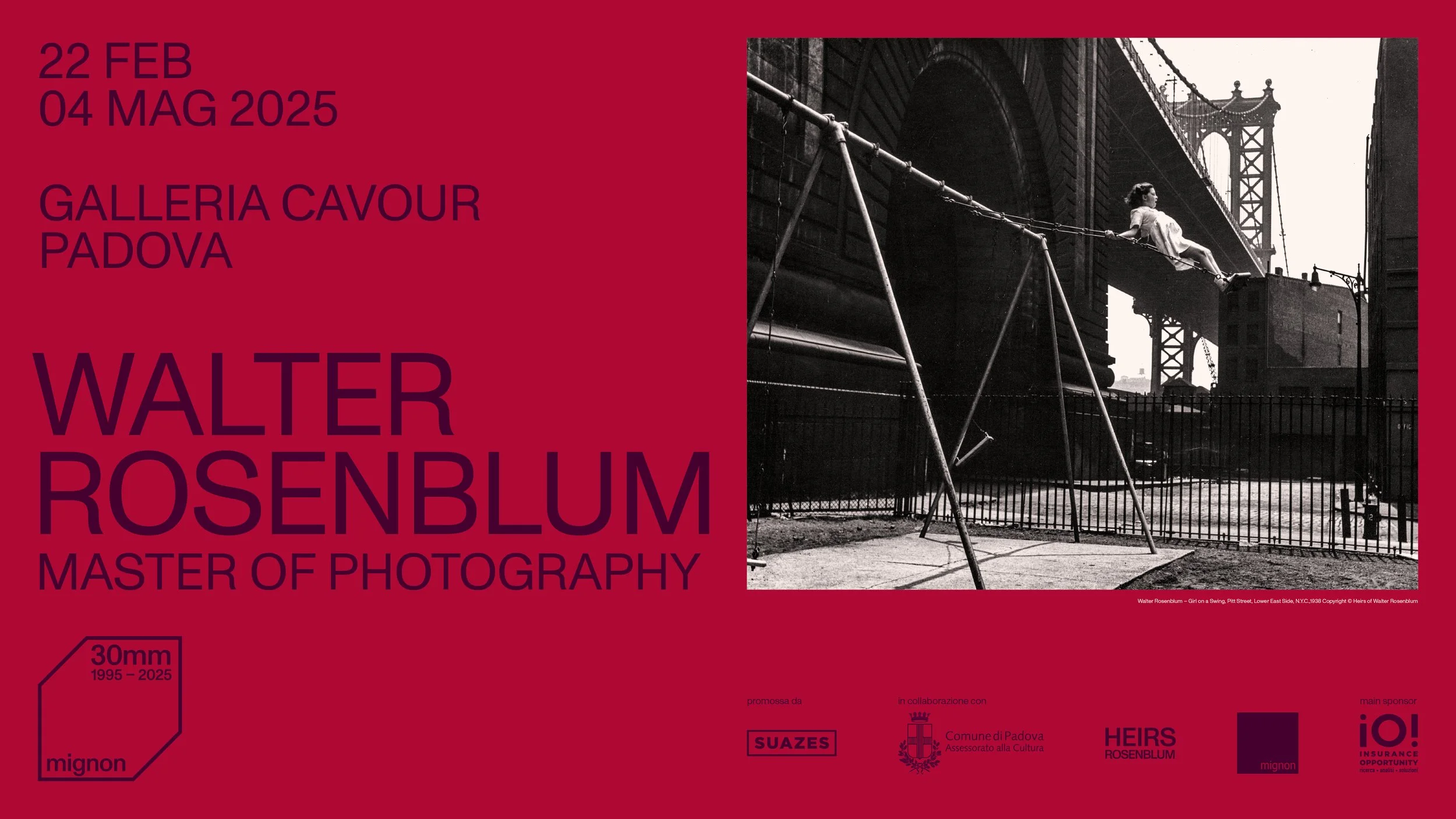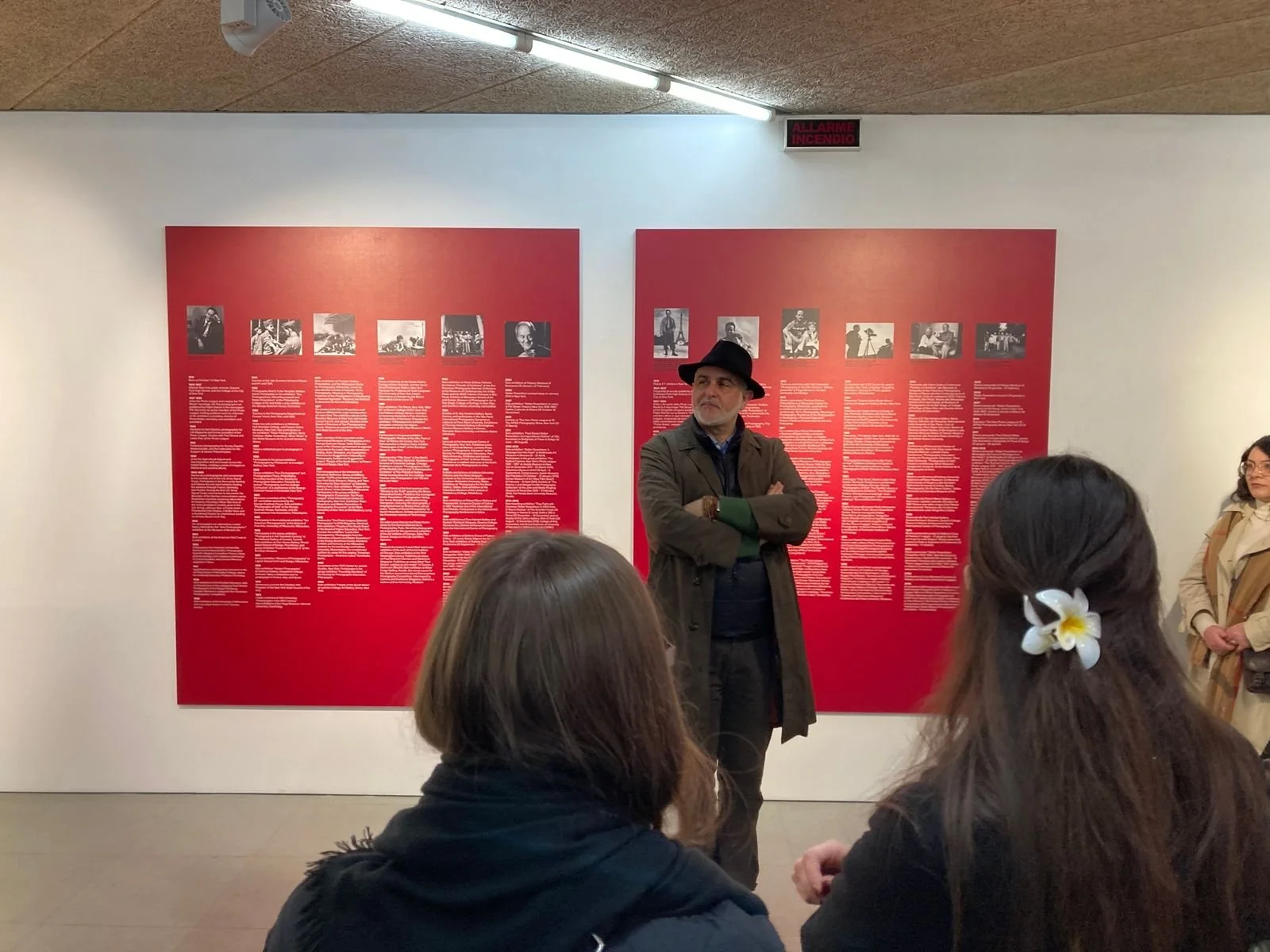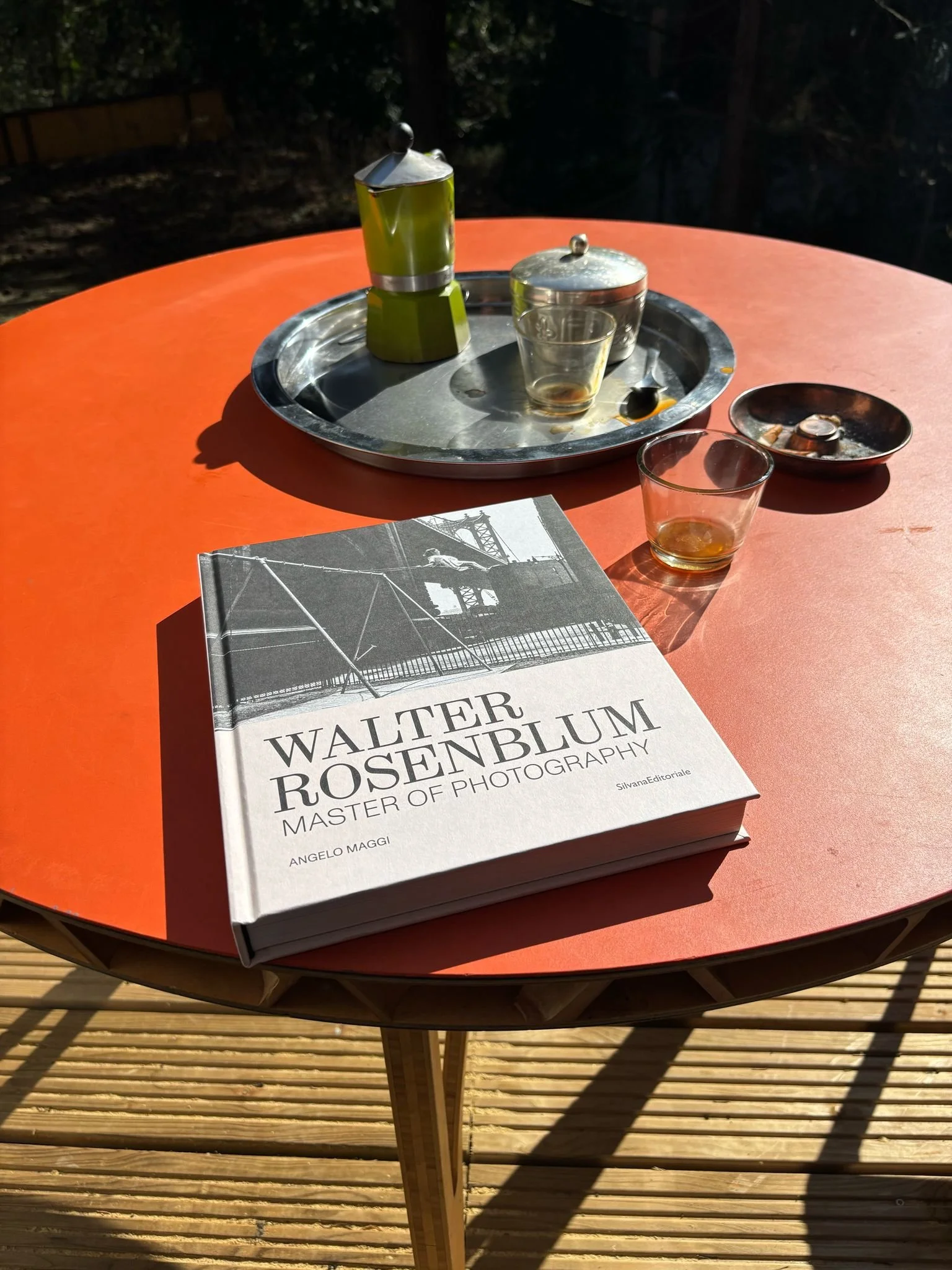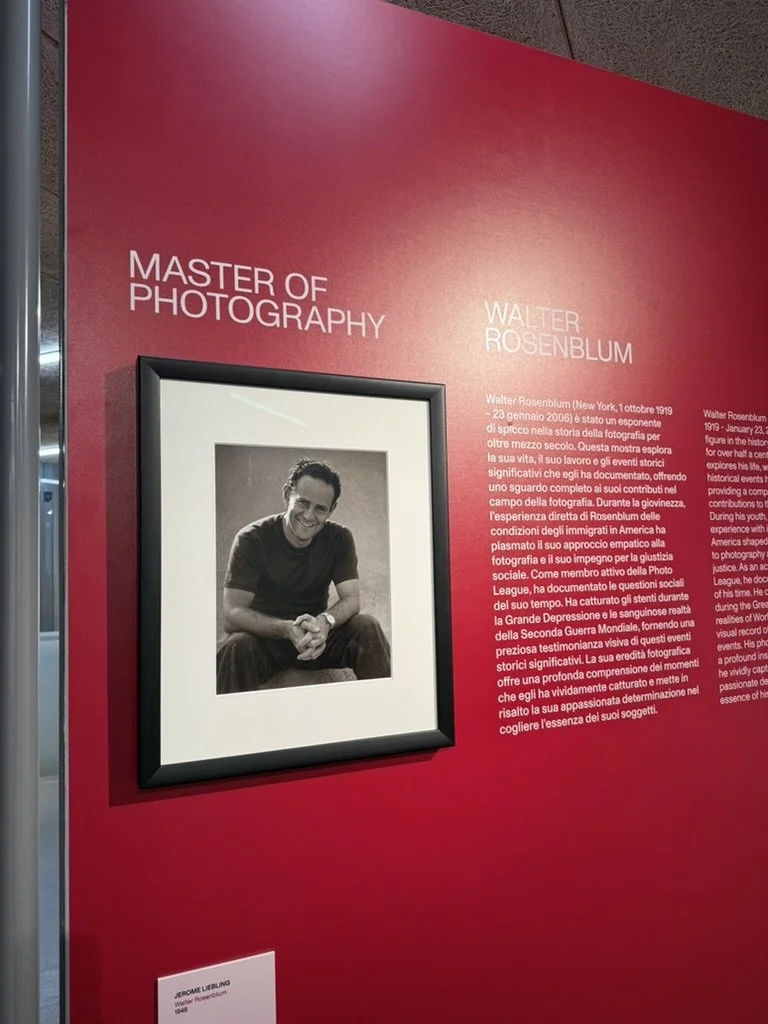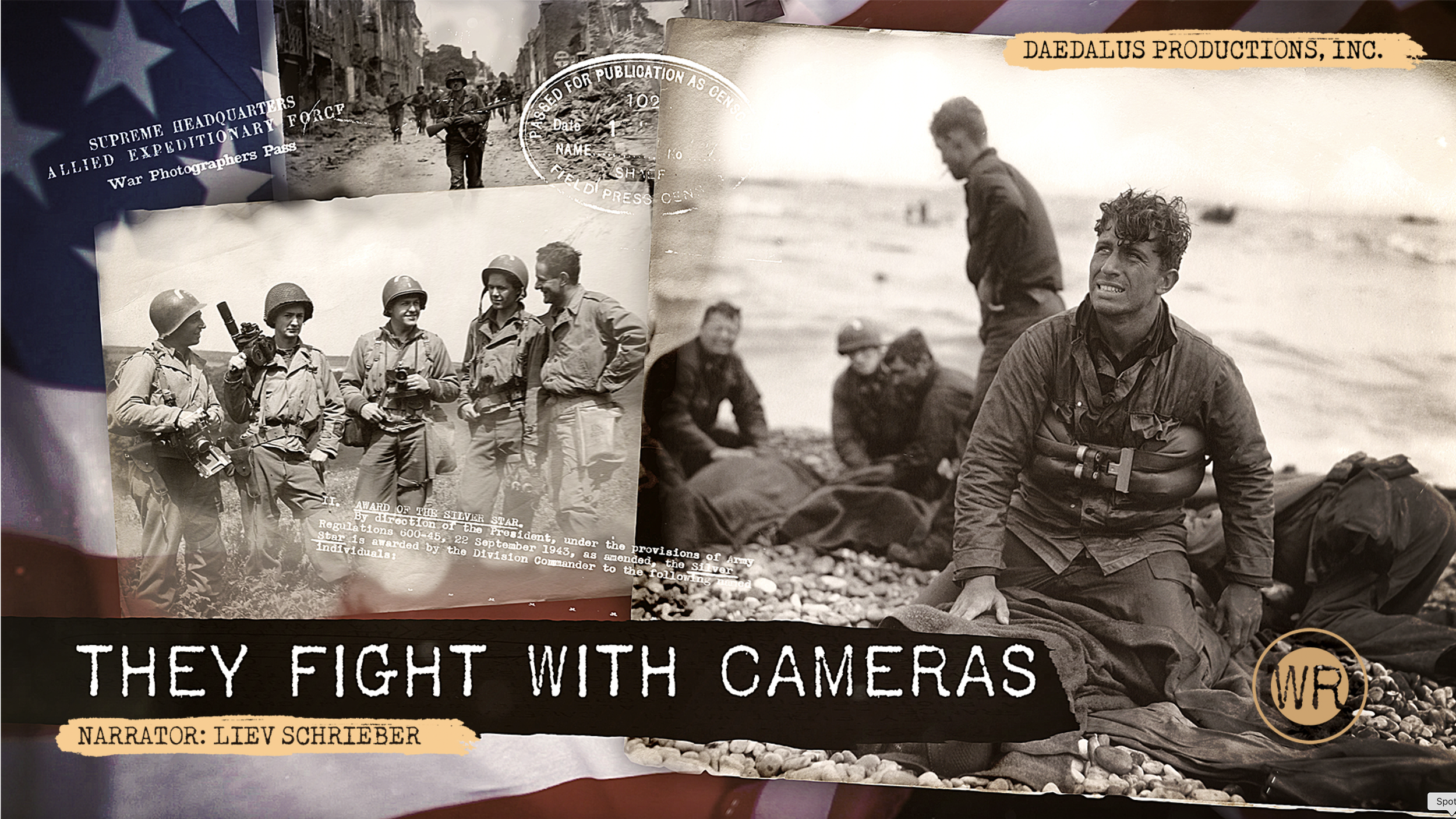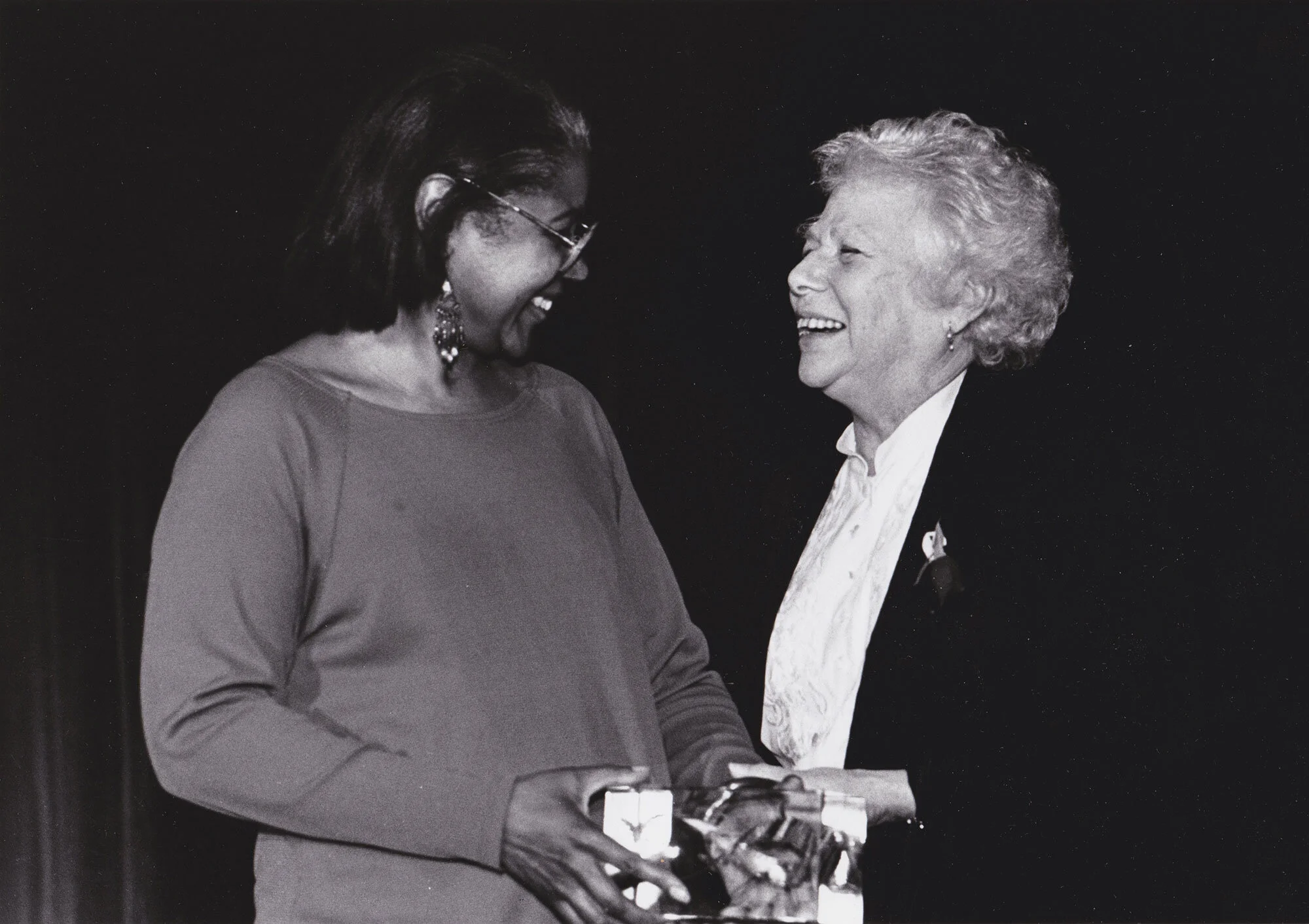Walter Rosenblum, an influential photographer for over fifty years, is an important figure in the advancement of twentieth century photography. His involvement with photography began when he was 17 years old, when he joined the Photo League and studied with Paul Strand. One of the most highly decorated WWII U.S. Army Signal Corps combat cameramen, Rosenblum was awarded the Silver Star, Bronze Star, five battle stars, a Purple Heart and a Presidential Unit Citation and the Arrowhead Device for landing on Omaha Beach.
Walter Rosenblum’s photographic career spanned the major events of the 20th century; he photographed the immigrant experience in America, WWII, Spanish Civil War refugees in France, and in East Harlem, Haiti, Europe and the South Bronx. Rosenblum’s photographs are represented in more than forty international museums and collections around the world.
Dr. Naomi Rosenblum, eminent photographic historian and author has been active in education for some 30 years. She is author of A WORLD HISTORY OF PHOTOGRAPHY and A HISTORY OF WOMEN PHOTOGRAPHERS, published by Abbeville Press. A WORLD HISTORY OF PHOTOGRAPHY was a finalist for the Kraszna-Krausz Foundation Award.
She has written on Adolphe Braun, Lewis Hine, Paul Strand and others for numerous monographs, books and periodicals. Naomi and Walter Rosenblum were the recipients of the International Center of Photography’s Lifetime Achievement Award at the 14th Annual Infinity Awards, May 4, 1998. A HUMANIST VISION: THE NAOMI ROSENBLUM FAMILY COLLECTION, EQ FOTO & Abbeville Press, was published in 2023 in honor of Naomi’s Rosenblum’s groundbreaking scholarship in the history of photography.
SUAZES presents
WALTER ROSENBLUM MASTER OF PHOTOGRAPHY
A new retrospective exhibition celebrating the enduring friendship of MIGNON and Walter Rosenblum, on view from 22 FEB - 04 MAY 2025, at the Galleria Cavour, Padua, Italy
Photograph of catalogue by Anatol Kotte
Daedalus Productions and Corporation presents
They Fight With Cameras
Liev Schrieber, Narrator
Stretcher Bearers, photograph by Walter Rosenblum
A feature length documentary, THEY FIGHT WITH CAMERAS is based on a newly discovered cache of 180 letters written by Walter Rosenblum, one of the most highly decorated WWII cameraman, who landed on Omaha Beach on D-Day, fought across France and Germany, and documented the liberation of the Dachau Concentration Camp. These letters, along with Rosenblum’s After-Action Reports, allowed the filmmakers to discover Rosenblum’s WWII combat footage, long buried in the archives, to create this remarkably detailed story of a Jewish soldier’s experience documenting combat operations on the front lines in France and Germany in 1944/45. The film celebrates the courage of all war cameramen who “fought with cameras” to give the world an eyewitness picture of history in the making and highlights Rosenblum’s plea to end all wars.
Walter rosenblum Gallery
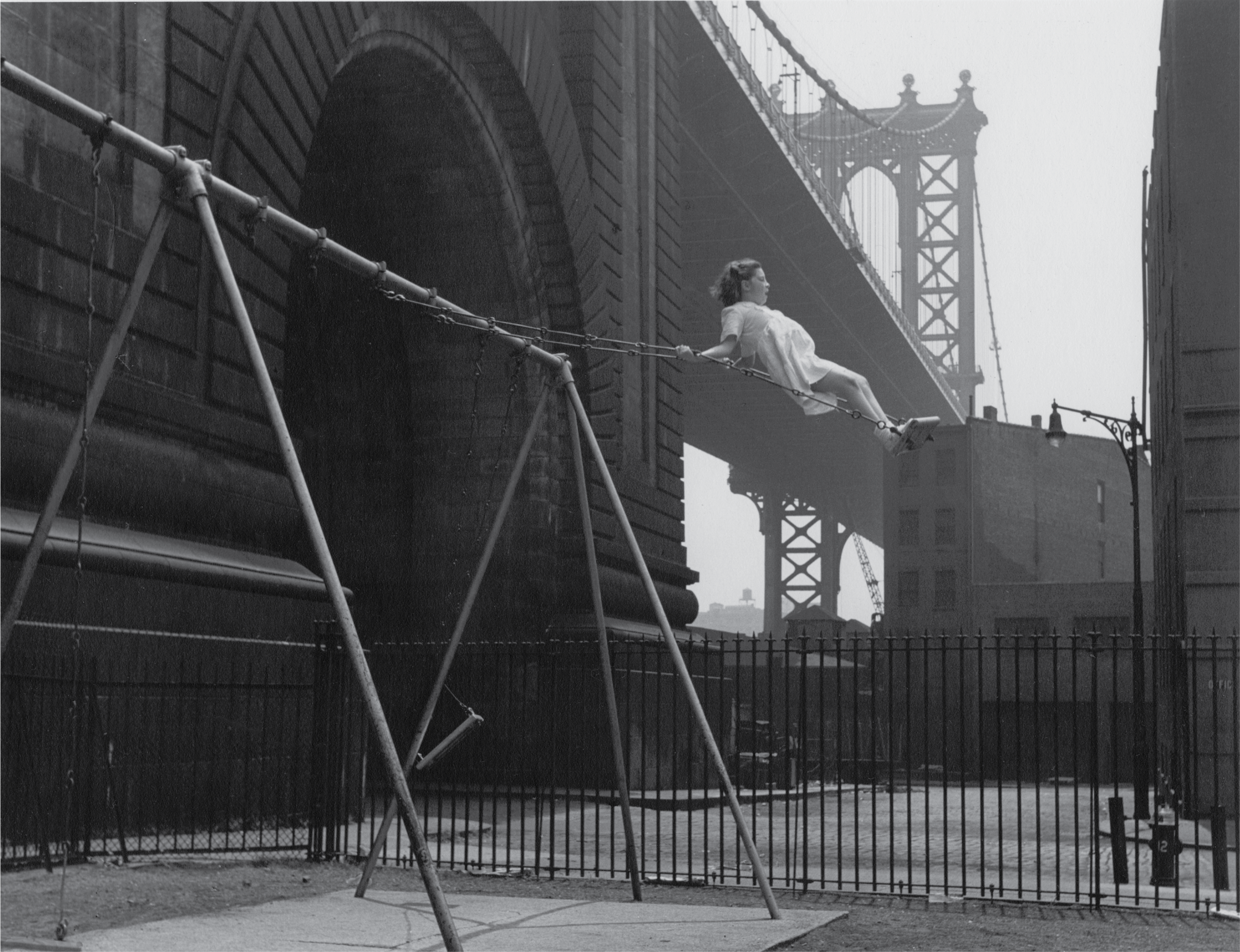
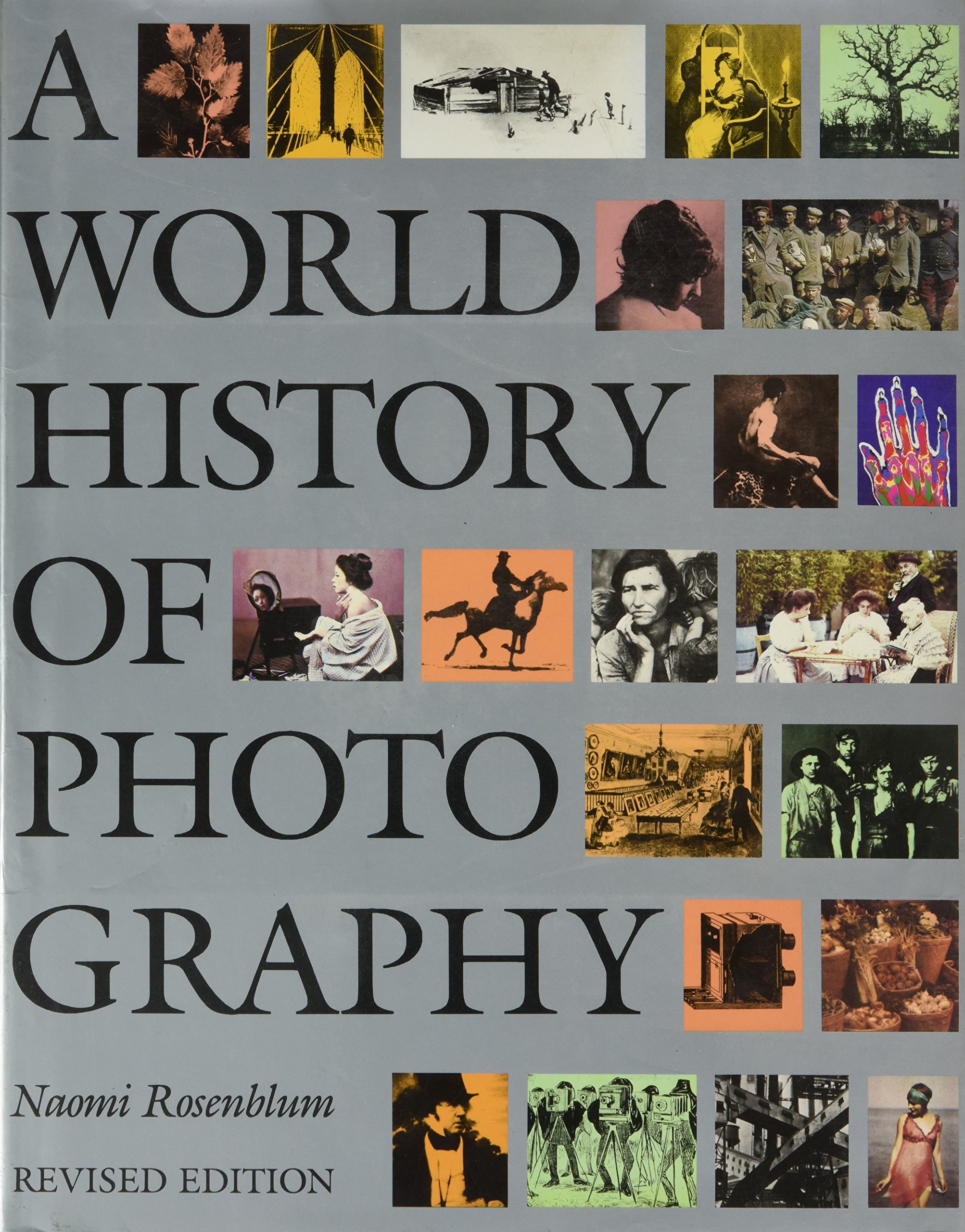
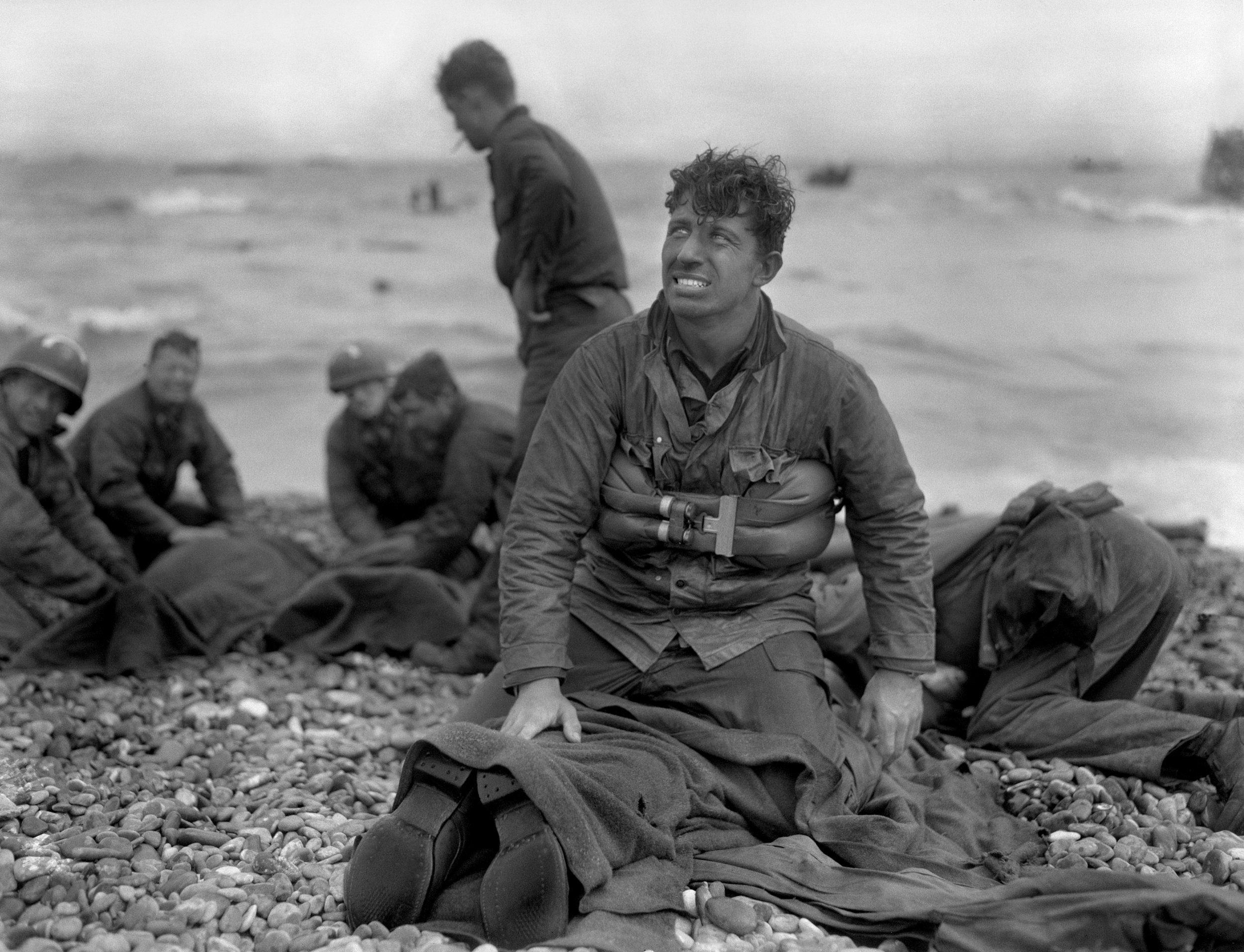
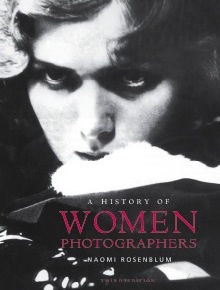
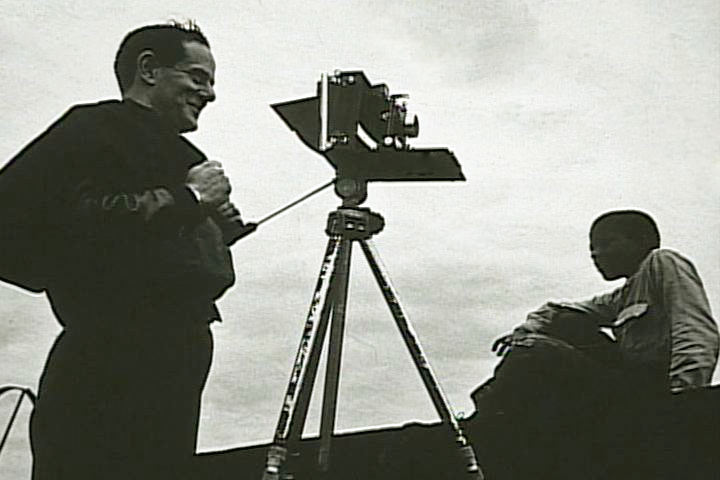
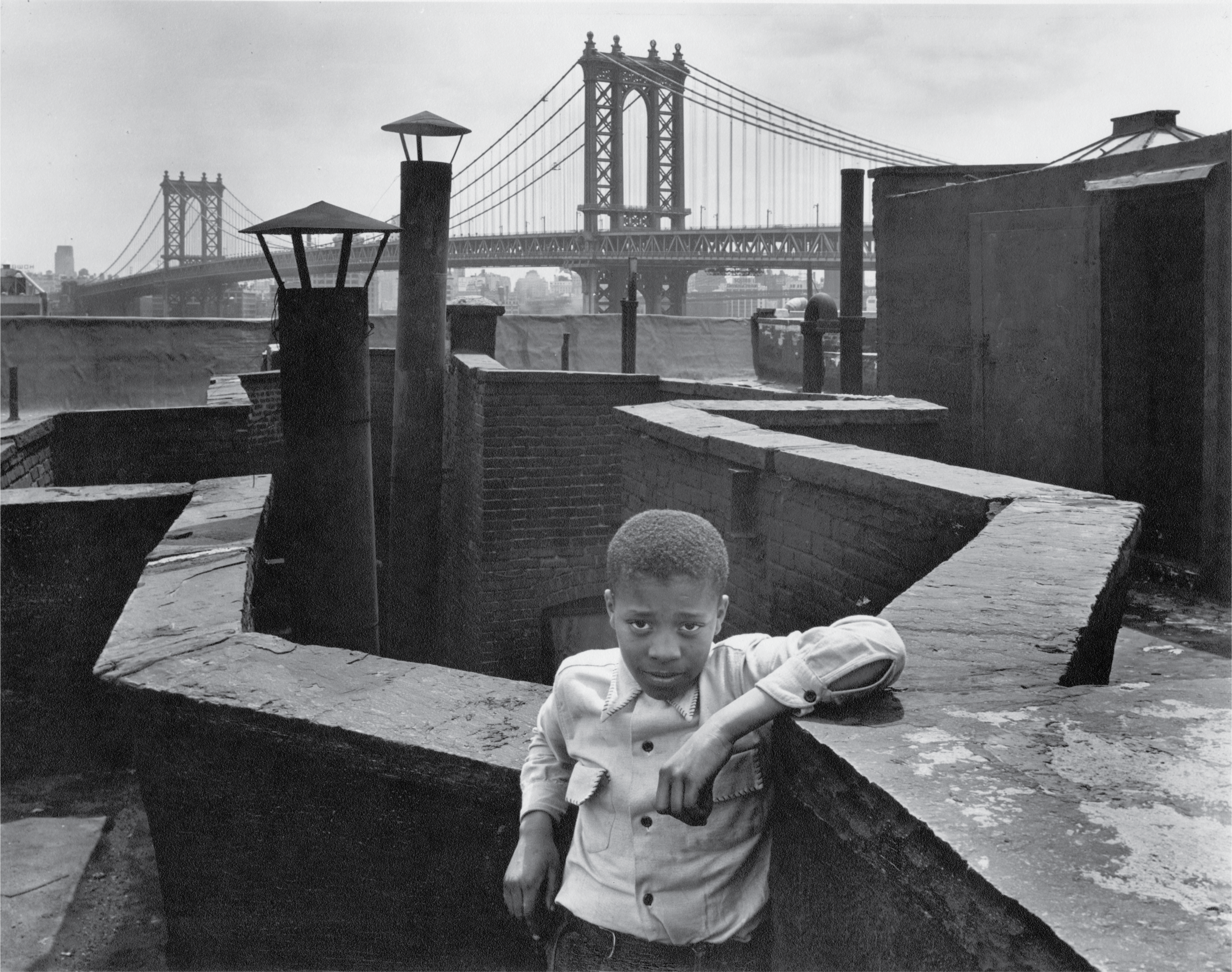
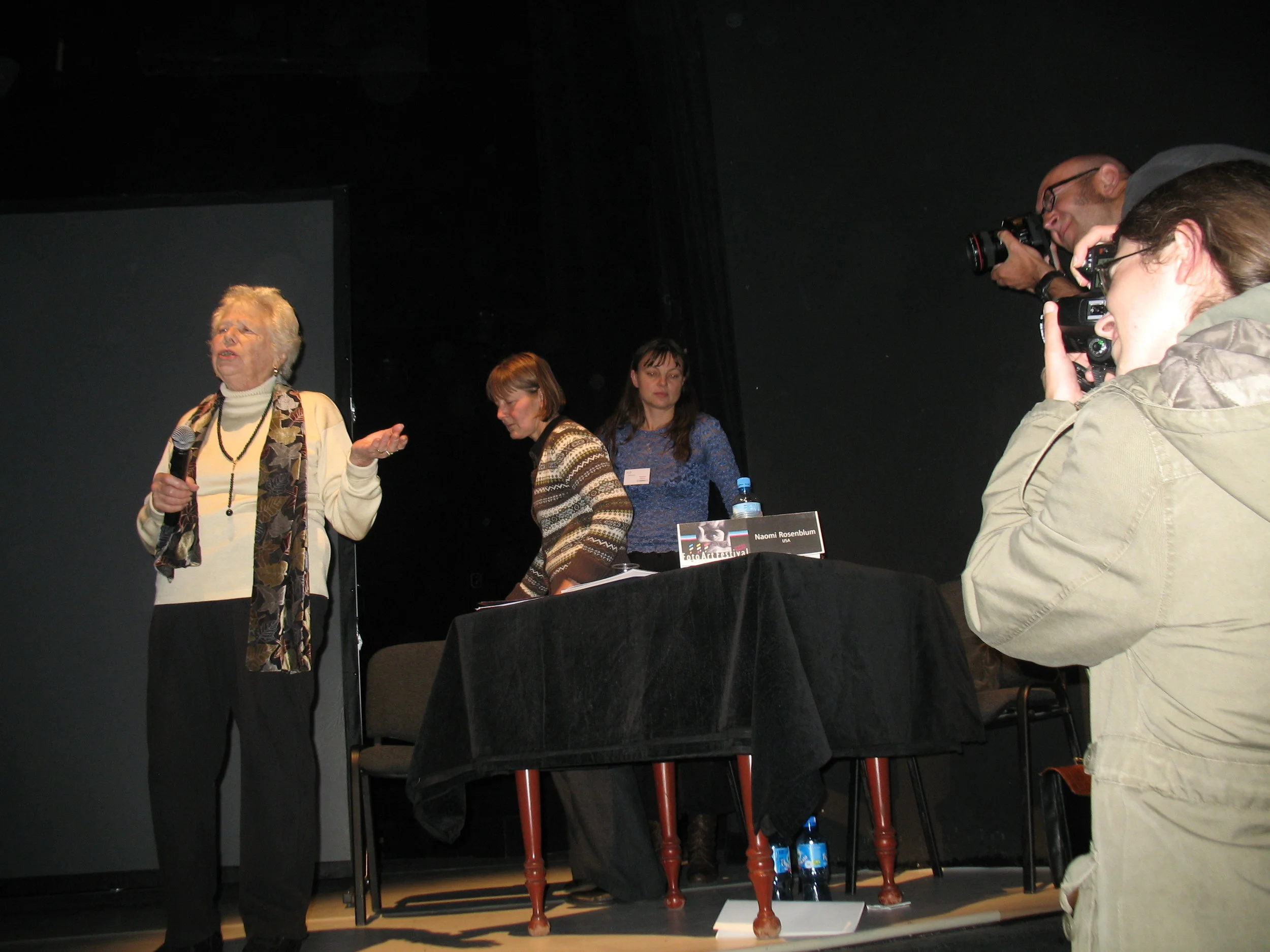
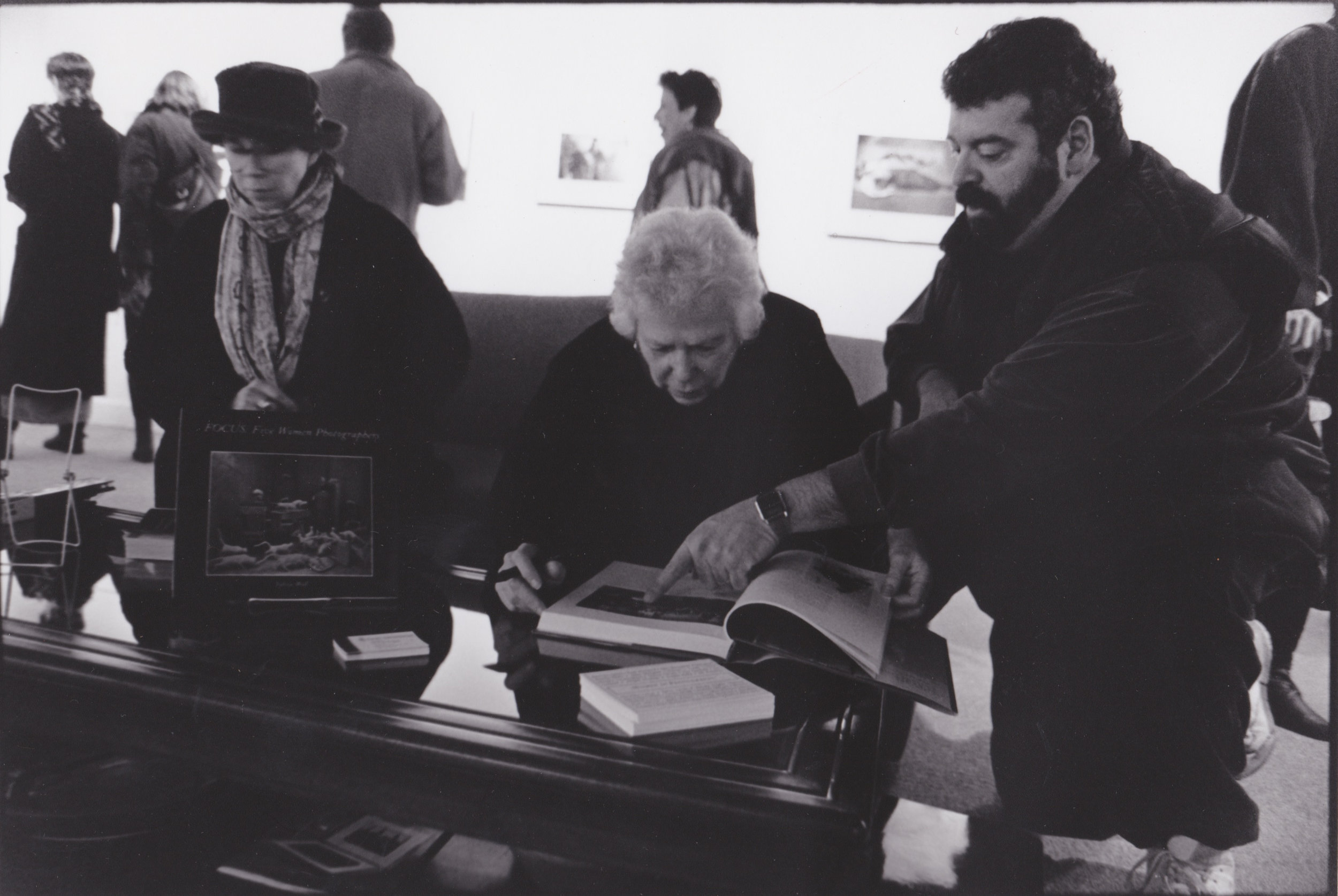
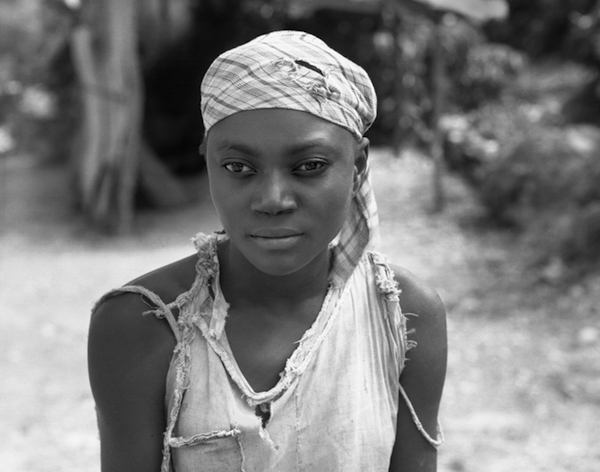

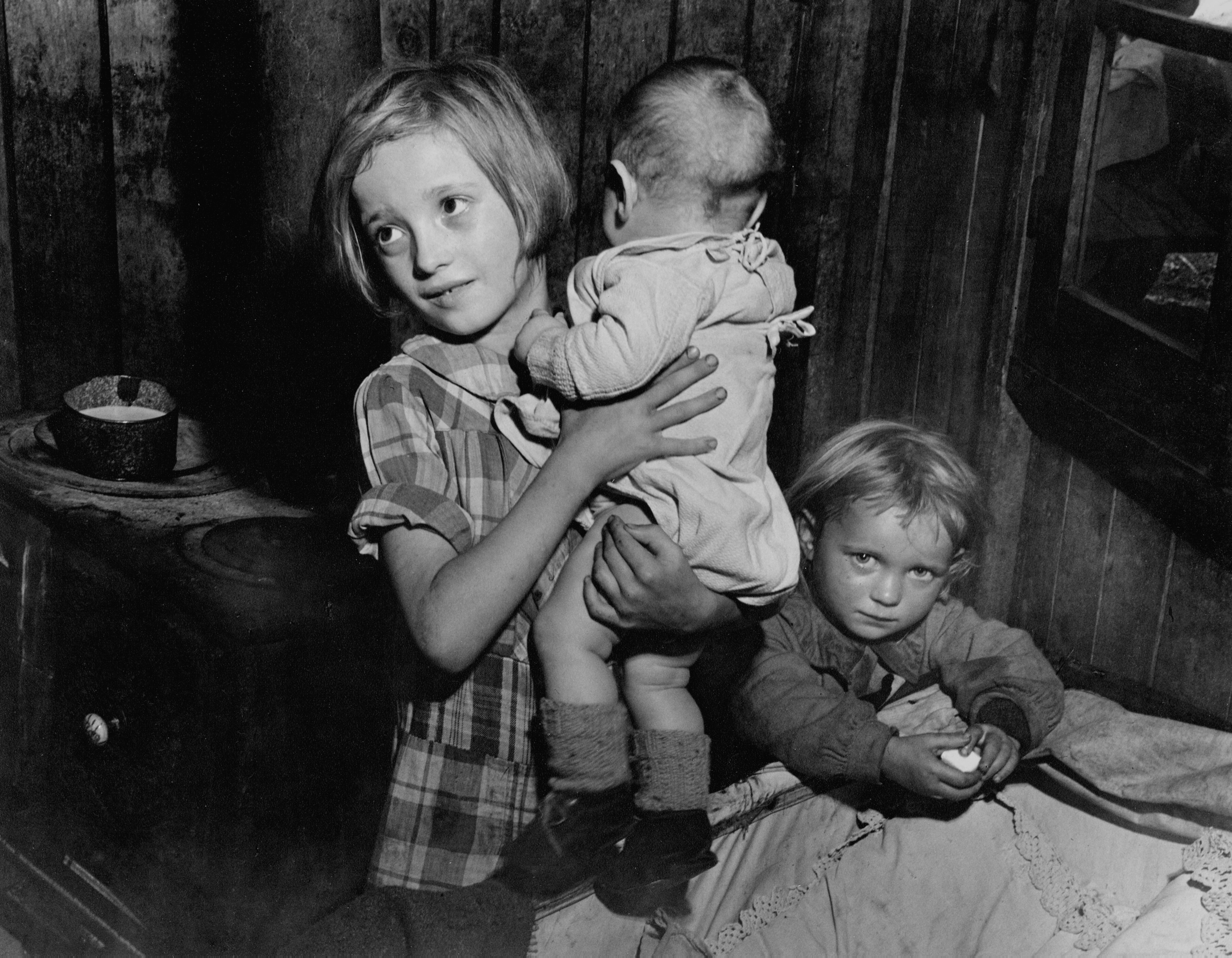
APERTURE TRIBUTE TO NAOMI ROSENBLUM (1925-2019)
BY DIANA STOLL
Naomi Rosenblum by Paul Strand
With Naomi Rosenblum’s death at the age of ninety-six this past February, an era came to a close. Historian, author, educator, and curator, she was a touchstone for many in the field of photography—so deeply embedded in the fabric of it, indeed, that some may be unaware of how their world has been shaped by her. Rosenblum’s research was disseminated primarily via her teachings, at such institutions as Brooklyn College, New York University’s Tisch School of the Arts, Parsons School of Design, and City University of New York’s Graduate Center; through her lectures; and through her writings, most notably two encyclopedic works: A World History of Photography (1984) and A History of Women Photographers (1994), both published by Abbeville.
Rosenblum was a New Yorker to the bone, complete with a warm lilt in her accent and the deep cultural moxie with which the city imbues many of its longtime residents. She received her BA from Brooklyn College in 1948; three decades later, she earned a PhD from CUNY’s Graduate Center, with a dissertation on the early work of Paul Strand, with whom she was good friends. It was at Brooklyn College that she met the photographer Walter Rosenblum, much-decorated army combat cameraman and a key figure at the Photo League; they were married in 1949. Among many other accolades, she was a Getty Scholar in Residence in 1990; both Rosenblums were honored with the International Center of Photography’s Infinity Award for Lifetime Achievement in 1998; and Aperture Foundation celebrated her life of accomplishments at its 2020 Gala.
I met Naomi in 2018, when I was invited by Abbeville to contribute a new final chapter to the expanded fifth edition of A World History of Photography. As one of the countless for whom that book had been a valued resource for years, I knew her to be a probing and dauntless scholar. With A World History, Naomi had succeeded in deftly revising a set of commandments that had seemed immovable: the dogmatic, North American–Western European, white, mostly straight, almost totally male-of-a-certain-class Canon of Canons in which so many of us had long been immersed. “I wanted,” she explained simply, “to broaden the horizon.” And so she turned her lens purposefully to the wider world—geographically speaking, yes, but also by investigating the medium’s diverse engines and purposes: from mugshots to cartes de visite to industrial scapes to propaganda to advertising to war reportage to Sotheby’s superstars. It takes a mind of a certain fertility and curiosity to take all that on. Not only did Naomi have such a mind, she was, as her friend Barbara Tannenbaum, curator of photography at the Cleveland Museum of Art, says, “a great organizer, a brilliant synthesizer. That gave her perspective.” She had the historian’s most valuable skill: the ability to clearly see the big picture.
A decade after the first publication of A World History, Naomi broadened our horizon in another way. It was during her research for that book that she saw the need to bring focus to the women who had played central roles in the life of the medium, but whose names had been underrecognized (or completely overlooked). It might be said that with her 1994 History of Women Photographers, Naomi was formulating a new canon almost entirely from scratch. The book came out at a moment that also saw a flush of dialogue about second- and third-wave feminism. Was there really a need for cultural institutions and publications devoted exclusively to women artists—or were such efforts ultimately marginalizing? Was work being elevated that didn’t deserve elevation, in the name of gender parity? Why publish an encyclopedia on women photographers?
Naomi Rosenblum painting a decoration for the Photo League at the Hotel Albert, New York, 1949
In the book’s introduction, Naomi makes the answer clear: “Research suggests,” she offers in a wry understatement, “that until fairly recent times women’s work in photography did not receive its due consideration.” She goes on to lay out some of that research in the form of disheartening statistics: the paltry percentage of women photographers represented in authoritative publications, in museum collections, in the overall market. A few years later, she elaborated on her reason for undertaking the project: “It’s not that I want to separate out women and say they’re better or worse. It’s because the history was getting lost.” At the same time, of course, new history was being made: she was an early advocate of up-and-coming names like Susan Meiselas and Carrie Mae Weems. As Naomi understood, the world, in forward motion though it might be, needed such a dedicated investigation. (And it may still: many projects continue to be devoted to the study of women photographers, including the exhibition The New Woman Behind the Camera, organized by the National Gallery of Art and slated to open later this year at the Metropolitan Museum of Art.)
It bears mentioning that many of the key curators, editors, and scholars working in photography today are women: Naomi took early steps on a path that is still being blazed. I communicated via email and Zoom with several of them—some of whom knew Naomi Rosenblum well, and others who never met her but whose careers were touched by her work.
Barbara Tannenbaum collaborated with Naomi on the exhibition of A History of Women Photographers, which opened at the New York Public Library in 1996 and from there toured institutions across the United States, including the Akron Art Museum, where Tannenbaum was then a curator. The two women became friends over the course of an adventurous couple of years leading up to the show, traveling regularly to photography institutions and archives far and wide—on a museum-tight budget, which often meant sharing hotel rooms, and sometimes even meals. Their common quest, says Tannenbaum, was “to show that these women were really good photographers”; to do that, they sought out the best images and the finest prints available. Fortunately, Rosenblum and Tannenbaum (“Everyone thought we sounded like a law firm”) had a similar work style: they were “fast lookers” and speedy decision makers. Tannenbaum recalls that when a museum archivist would gingerly offer to pull out only a box or two of holdings for the women’s inspection, they were amused: “‘Please bring them all—we’ll be done with these before lunch.’ . . . We knew what we were looking for. We knew what we wanted.” Over their long friendship, Tannenbaum says, she came to appreciate Naomi’s layered comprehension of photography: “She had a close understanding of the complicated network of how knowledge is transmitted, and how photography’s impact is complicated.”
Rebecca Senf, chief curator at the Center for Creative Photography, credits Naomi with helping to make a welcoming space for women in the field. When she was in graduate school at Boston University in the early 2000s, she says, she was part of a large cohort of PhD students. “As with so many fields, photography was defined in its early years by men,” Senf says. “Those men stated what and who was important, how it would be discussed and organized, and did it with a voice of unwavering authority. But in our field, that baton was picked up and carried forth by Naomi Rosenblum. Her many contributions leave a lasting legacy of how we think about photography and photographers.”
Naomi Rosenblum receiving a Lifetime Achievement Award at the ICP Infinity Awards Ceremony, New York, 1998
Eva Respini, chief curator of the Institute of Contemporary Art in Boston, has long been a champion of contemporary photography and photo-based art. Like Senf, she recognizes that Naomi was a pathfinder: until recently, she says, “there were very few models for thinking about a multivalent history of photography that included women, as well as other methodologies. She was one such scholar leading the way—really one of the only ones.”
At New York’s Museum of Modern Art, Roxana Marcoci, the museum’s senior photography curator, organized the landmark 2010–11 show Pictures by Women: A History of Modern Photography. She notes that Naomi shone light on the formative hand of women in the evolution of photography itself. “For much of photography’s 180-year history, women have expanded its roles by experimenting with every aspect of the medium.” Naomi’s research had an impact, Marcoci says, on her Pictures by Women project: “It made me realize that women’s early engagement with and access to photography, gained by virtue of the medium’s own marginality within the arts, underscore a more democratic relationship between progressive politics and progressive aesthetics and an expanded concept of what an artist can be.”
Deborah Willis is the chair of the Department of Photography and Imaging at NYU’s Tisch School of the Arts, where Naomi taught for many years; the department has recently instituted the Rosenblum Scholarship in her name. Willis remembers her friend as “an honorable woman, a mentor to many—she definitely was mine, because she taught the world how to see the possibilities of women both behind and in front of the camera.”
To state the obvious: ground is still being broken in this part of the field. A recent successor to Naomi’s 1994 volume is Une histoire mondiale des femmes photographes (Textuel, 2020), compiled by Luce Lebart and Marie Robert: a compendium of work by some three hundred female photographers, spanning the medium’s first days to the twenty-first century. Lebart says that when Naomi’s book came out twenty-five years ago, women photographers were viewed in much of Europe as something of “an oddity”—and that even today, her own undertaking was seen by some as “a little strange.” But as she and Robert were putting the volume together, “each time we had doubts we would think of Naomi Rosenblum’s early book on the subject. She gave us strength and courage. She gave us a model and showed us a way.”
Even as Naomi broadened the horizon of photography for Western eyes with A World History, she played a consequential role in bringing aspects of Western photography to other parts of the planet (not least through the many editions of that book, which was published in several languages). She traveled to Beijing in 1980 to oversee the installation of a major Lewis Hine retrospective, a show she had helped to organize for the Brooklyn Museum in 1977; it was the first official loan from an American museum to the newly reopened People’s Republic of China. Her friend Zhao Yingxin, head of the China Photography Publishing House (which produced the Chinese edition of A World History), recalls that seeing the work of one of America’s most eminent social documentarians was an epiphany for many in China, who Zhao says were experiencing a deep “thirst for art.”
Naomi Rosenblum at Foto Arts Festival, Bielsko-Biała, Poland, 2007
In 2001, with Italian curator and historian Enrica Viganò, Naomi organized the exhibition Photo League: New York, 1936–1951, which traveled throughout Europe. Viganò says the show and its accompanying catalogue were revelatory: “No one here knew much about the Photo League, this amazing association—Naomi really opened that door for many of us in Europe.” Viganò collaborated with Naomi on many other projects and considers her a mentor, from whose sharp mind she benefited for many years. Another Italian colleague, photo editor and curator Manuela Fugenzi, befriended Naomi as she compiled the 2014–15 exhibition and book They Fight with Cameras, about Walter Rosenblum’s photographs from World War II. Fugenzi marvels at the breadth of Naomi’s knowledge: “She was good at history, she was good at art, she was good at sociology. And this gave her the ability to move across disciplines—which is really what photography does.”
Photographer Pierpaolo Mittica has devoted much of his career to social-documentary projects, with particular focus on the environment. He met both Rosenblums as a young man, in 1997, and remained close friends with them for years—they were, he says, people of “extraordinary humanity . . . they were like another pair of parents for me.” Naomi firmly believed that an understanding of the medium’s full story is beneficial to the artist: Mittica says that she taught him that a practitioner must “know the history of photography to be a true photographer. She taught me everything I know about photography, guiding me hand-in-hand in my career.”
A true intellectual, Rosenblum remained curious and incisive to the end; she seemed to be always nurtured by new knowledge. In 2018, as I worked on the final chapter for A World History, Naomi was extraordinarily generous, and she helped me as I waded through the tumultuous waters of early twenty-first century photography—occasionally pinpointing, gently but with laserlike precision, vagueness or extravagance or other crimes in my chapter. She was interested in the great everything: I recall a beautiful dinner at her home in Long Island City with her two daughters, Nina and Lisa, at which our conversation ranged musically from modernist architecture to Italy to cuisine to Black Mountain College to films to philosophy—always touching back, somehow, on the life and gossip of the world of photography, past and present.
Certainly to interact with Naomi was to travel meaningfully across the globe and through time—even if some of that interaction and experience transpired via the internet. In the spring of 2019, after sending the final draft of my chapter for A World History off to Abbeville, I set out on a camping trip to Canada with my son. As I wrote in an email to Naomi, we were headed for the Gaspé Peninsula. With its cragged townscapes, stark yet lush, it was an area I felt I knew intimately from the photographs of Paul Strand, although in fact I’d never actually been there. Shortly before I set out, Naomi sent me a note: “I spent a week or more in the Gaspé (driving Strand’s car) back in 1949. VERY PRIMITIVE.”
I never had a chance to ask Naomi how she happened to be driving her friend Strand’s car—by then he had moved to France for good. But she and he were with me in spirit through that trip. (It was primitive, and perfect.) What a privilege, then and forever, to have such traveling companions.
